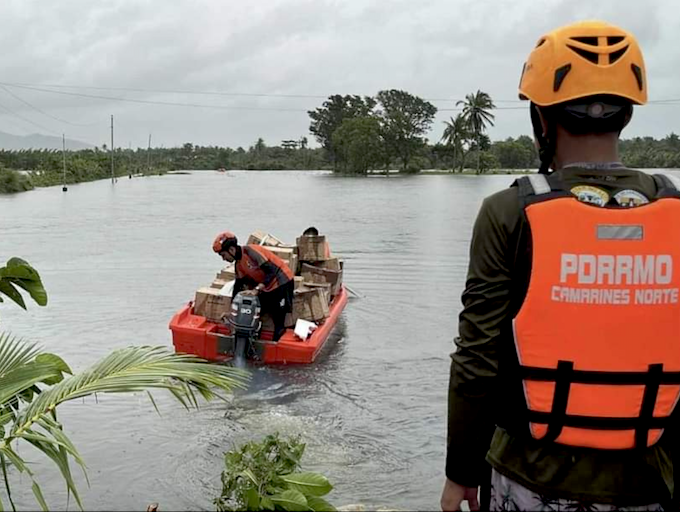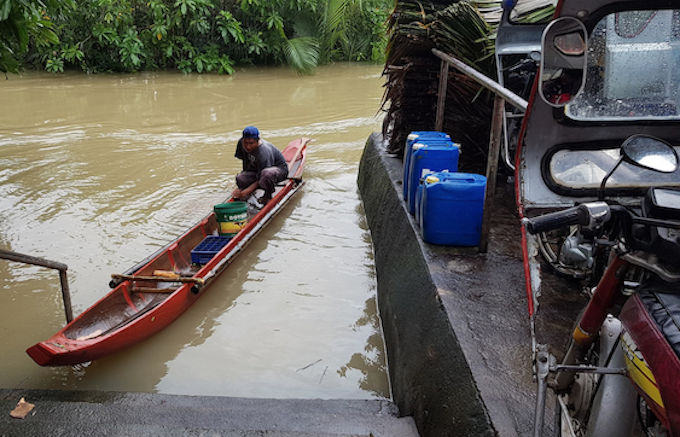Asia Pacific Report
A remote Filipino school in Bicol province assisted by a small New Zealand voluntary NGO has been seriously damaged by floodwaters in the wake of Typhoon Kristine (Trami) that left at least 82 people dead across the Philippines last week.
Mangcayo Elementary School, which was submerged by Typhoon Usman fringe storms six years ago, is the impacted school. It was a school that had been assisted by the Lingap Kapwa (“Caring for People”) project.
Now the school has been flooded again in the latest disaster. The school, near Vinzons in Bicol province, is reached by a narrow causeway that is prone to flooding by the Mangcayo Creek.
- READ MORE: Thousands evacuated as storm batters Philippines
- A special report on the 2019 Typhoon Usman flooding in Mangcayo
ABS-CBN News reports that foreign governments and humanitarian organisations have been scaling up assistance in the Philippines to aid hundreds of thousands affected by the typhoon, which struck several regions over the past week.
On Saturday, a C-130 cargo aircraft from the Singapore Air Force and a Eurocopter EC725 transport helicopter from the Royal Malaysian Air Force arrived at Colonel Jesus Villamor Air Base in Pasay City.
The aircraft will provide airlift support to help bolster the Philippine Air Force’s operations in delivering humanitarian aid supplies to typhoon-hit communities.
“During this challenging time, Singapore stands with our friends in the Philippines. This response underscores our warm defence ties and close Humanitarian Assistance and Disaster Relief (HADR) cooperation, as well as the enduring friendship between Singapore and the Philippines,” the Singapore Embassy in Manila said in a statement.

Chest-deep floodwaters
Philippine rescuers waded through chest-deep floodwaters to reach residents trapped by the typhoon, reports Al Jazeera.
Torrential rain had turned streets into rivers, submerged entire villages and buried some vehicles in volcanic sediment set loose by the tropical storm.
At least 32,000 people had fled their homes in the northern Philippines, police said.
In the Bicol region, about 400km southeast of the capital Manila, “unexpectedly high” flooding was complicating rescue efforts.
“We sent police rescue teams, but they struggled to enter some areas because the flooding was high and the current was so strong,” regional police spokesperson Luisa Calubaquib said.
At an emergency meeting of government agencies last Wednesday, President Ferdinand Marcos said that “the worst is yet to come”.

This post was originally published on Asia Pacific Report.